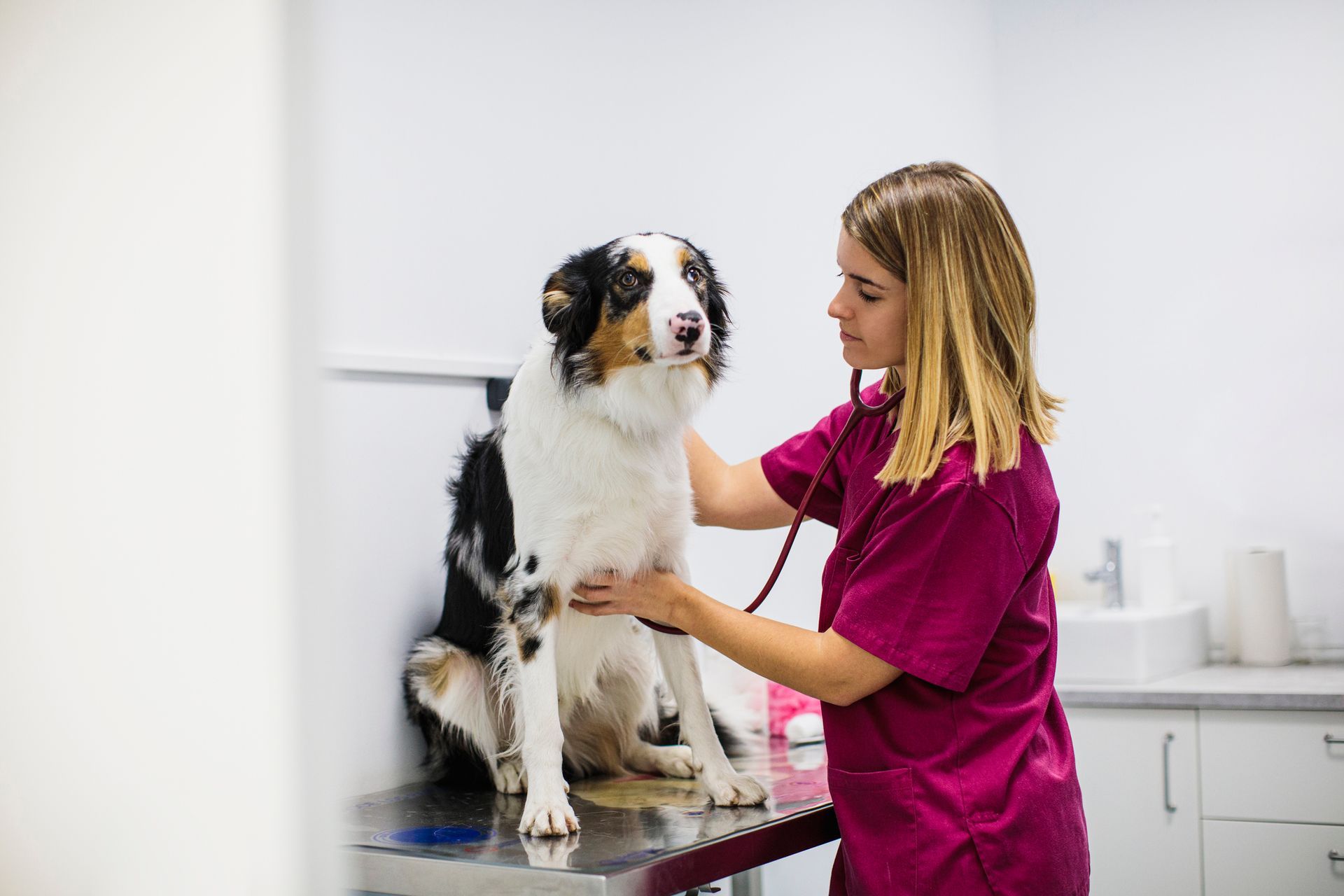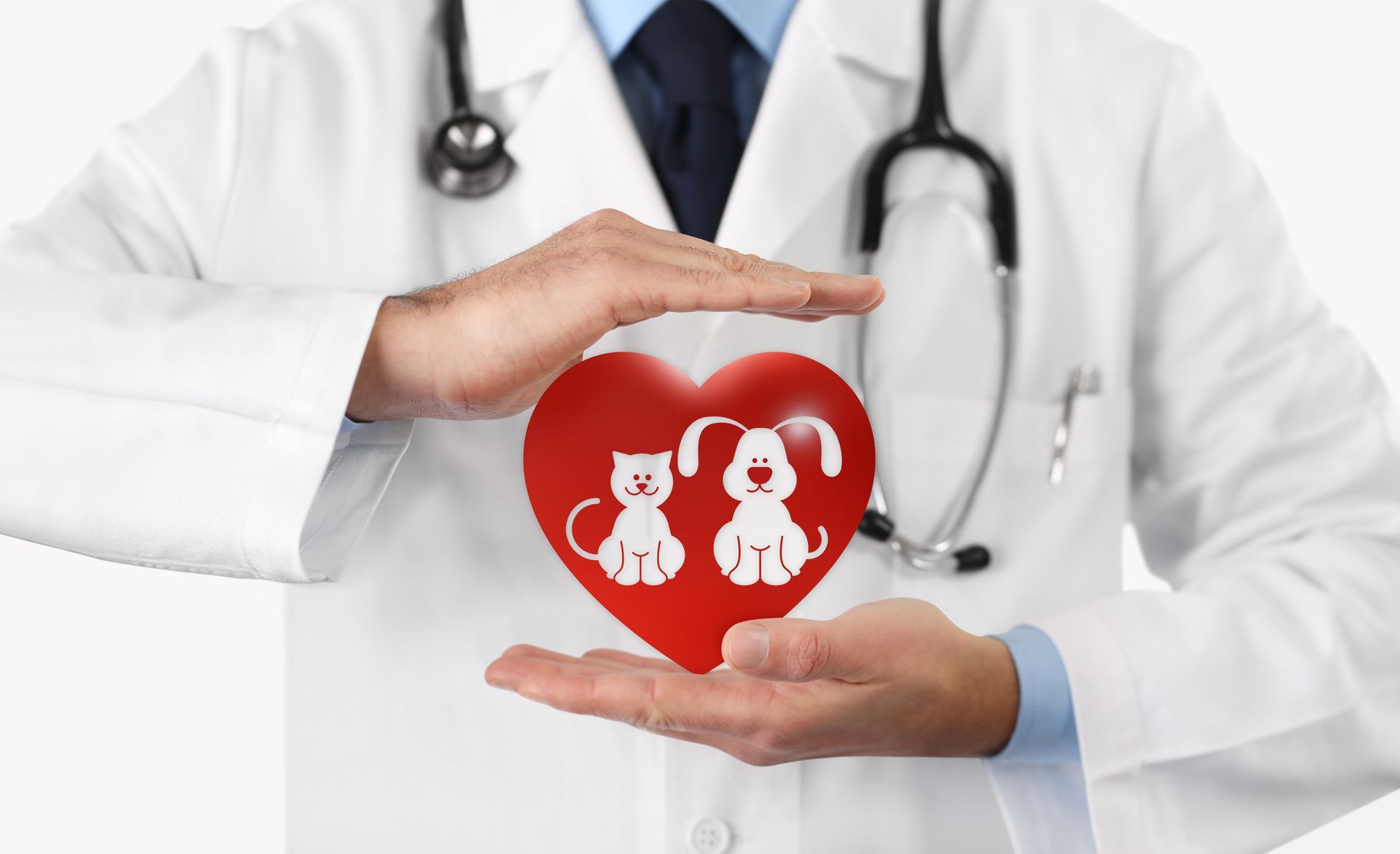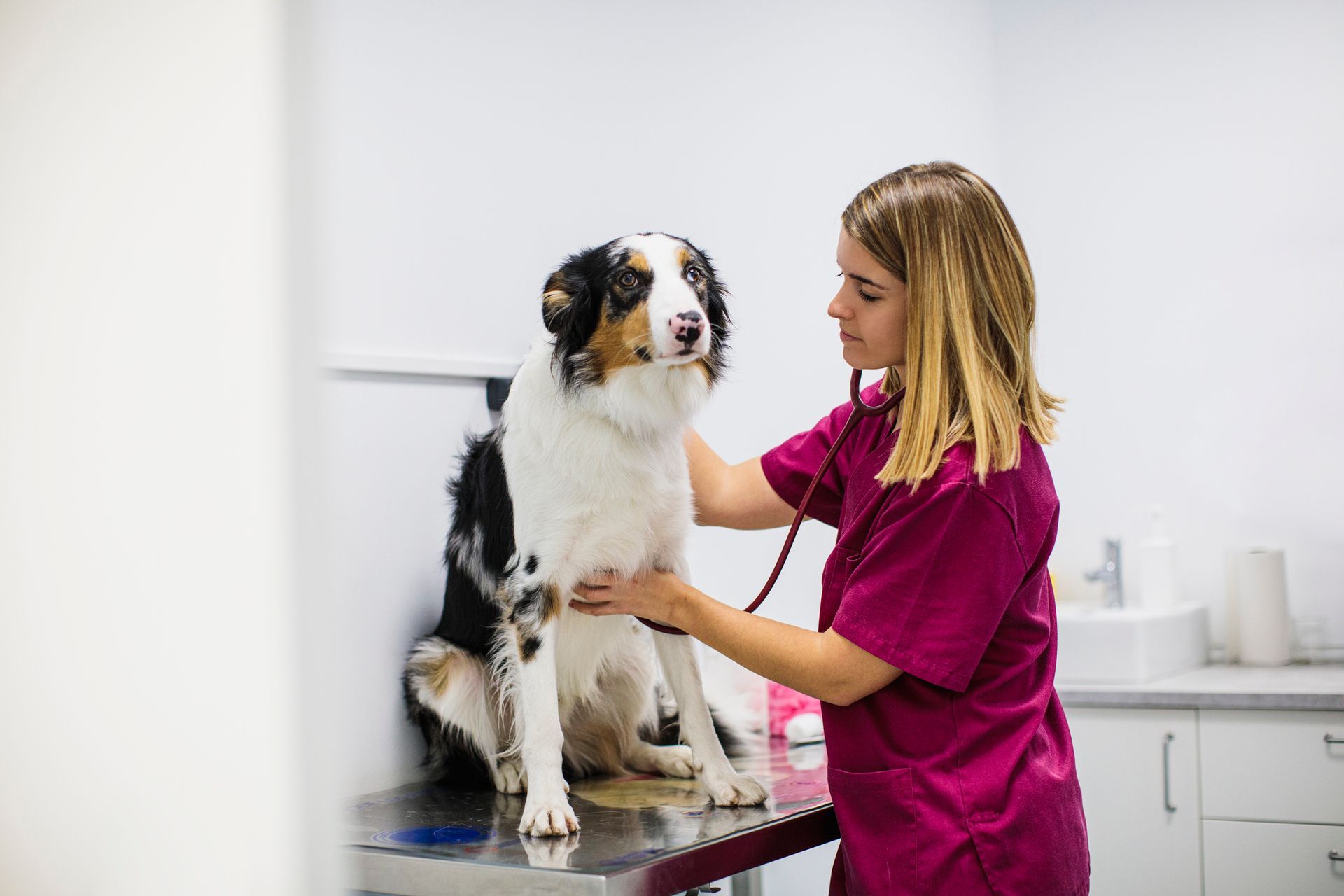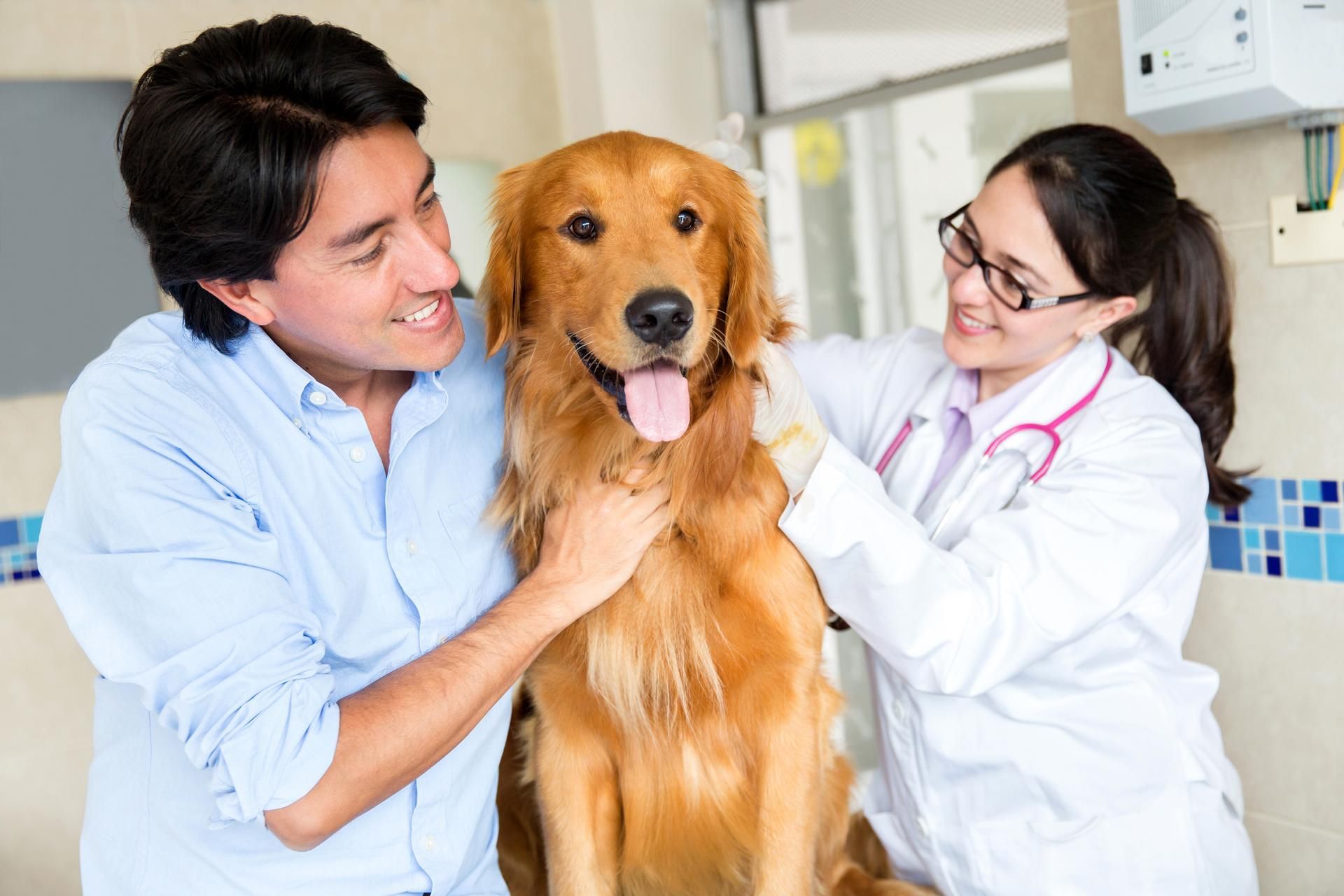What to Do When Your Cat Has a Broken Bone
Cats are agile and flexible, but that doesn’t mean they can’t suffer fractures or breaks when their bones are stressed. Cats typically experience broken leg bones most frequently, but any bone in their bodies can break with enough force.
In order to find and treat a broken bone in your cat, you need to know what to look for and how to respond to keep your cat comfortable. After seeking care at the veterinary hospital, you also need to know how to care for your cat until the bone has healed.
Signs of Fractures
Cats are independent creatures, and they can have a high tolerance for pain. Sometimes, this combination of personality traits can mean a broken bone goes unnoticed. However, you can look for several symptoms that will indicate the presence of a fracture:
- Changes in gait. Your cat might avoid putting weight on one leg. This could mean the leg is broken or that another bone in the area is making walking on that part of the body more painful.
- Restricted movement. Cats normally have excellent mobility. The curl up to groom themselves, jump easily, and stretch out to sharpen their claws. These movements would be impossible or very painful if your cat has a broken bone. If you see that your cat is reluctant to move, you might investigate further.
- Changes in usual behavior. Your cat will have patterns of behavior that are familiar to you. If, for example, your cat always has a healthy appetite but is now avoiding food, you need to find out why; a broken jaw might prevent your cat from wanting to chew food.
- Vocalization. Some cats might suffer in silence, but others will meow more often, or they might moan or cry. Some cats might also hide away in order to avoid further interaction that could cause pain.
- Swelling. Broken bones cause inflammation. If you see noticeable swelling on the legs, body, or tail (tails can break too), make sure you see the vet.
As you assess these symptoms, try to keep your cat hydrated until you can see a vet. Avoiding food and drink is common animal behavior after becoming injured.
Handling Your Cat
When checking your cat for possible fractures, always be as gentle as possible. Try not to move your cat if possible. Help your pet cope with the injury by keeping children and other playful pets away from your cat. Too much movement or harsh handling can make injuries worse or increase your cat's pain.
If the bone has broken the skin, don't try to push bones back in or do any other home treatments. Instead, keep your cat as still as possible and cover the open area with clean gauze. See your vet as soon as possible for these more serious fractures.
If your cat is too wiggly or tries to run instead of being touched, you can carefully wrap your cat in a small blanket and place them on a board or another flat surface to make them safer to carry. You might even gently tie your cat down to keep them from moving.
Treatment
Your vet will assess the injury and stabilize the bone. Simple breaks can sometimes be set with a splint, but many cats actually require surgery in order to fully repair broken bones. The break might need a screw, surgical pins, or even plates in order to keep the disparate bone pieces in place as they heal.
If your cat has injured their spine, hips, or pelvis, the treatment plan can be even more extensive, requiring full-body movement restriction until the break has healed.
In some cases, breaks are too severe to set with splints or surgery. Your vet might recommend amputation as the most humane course of treatment. Cats can learn to live without a portion of their tail and change their movements to accommodate the loss of a leg.
Aftercare
Aftercare at home is an important part of your cat's recovery process. Try to follow all the instructions of your vet as you provide the following cat care:
- Administering pain medication and other medications . Your cat will have pain medication to keep them comfortable in the days following treatment. They might also have antibiotics or anti-inflammatory medications to prevent infection and swelling, especially if they had surgery.
- Keeping your cat still . The most difficult part of home care is keeping your cat from moving too much. Soon they might begin to feel better, wanting to run and jump. These actions can re-injure your cat. Remove cat trees and toys that will encourage too much movement.
- Caring for bandages and incisions . If your cat had a compound fracture that broke the skin or had surgery, they will have wounds. Bandages should be kept dry and clean. Your cat should not be permitted to chew them or scratch at them.
- Attending follow-up appointments. Finally, make sure you see your vet for follow-up care. Your vet will take more x-rays to check the bone has healed properly.
Caring for a cat with a broken bone can be challenging. Talk with us at South Seattle Veterinary Hospital if you have any questions about cat care.











